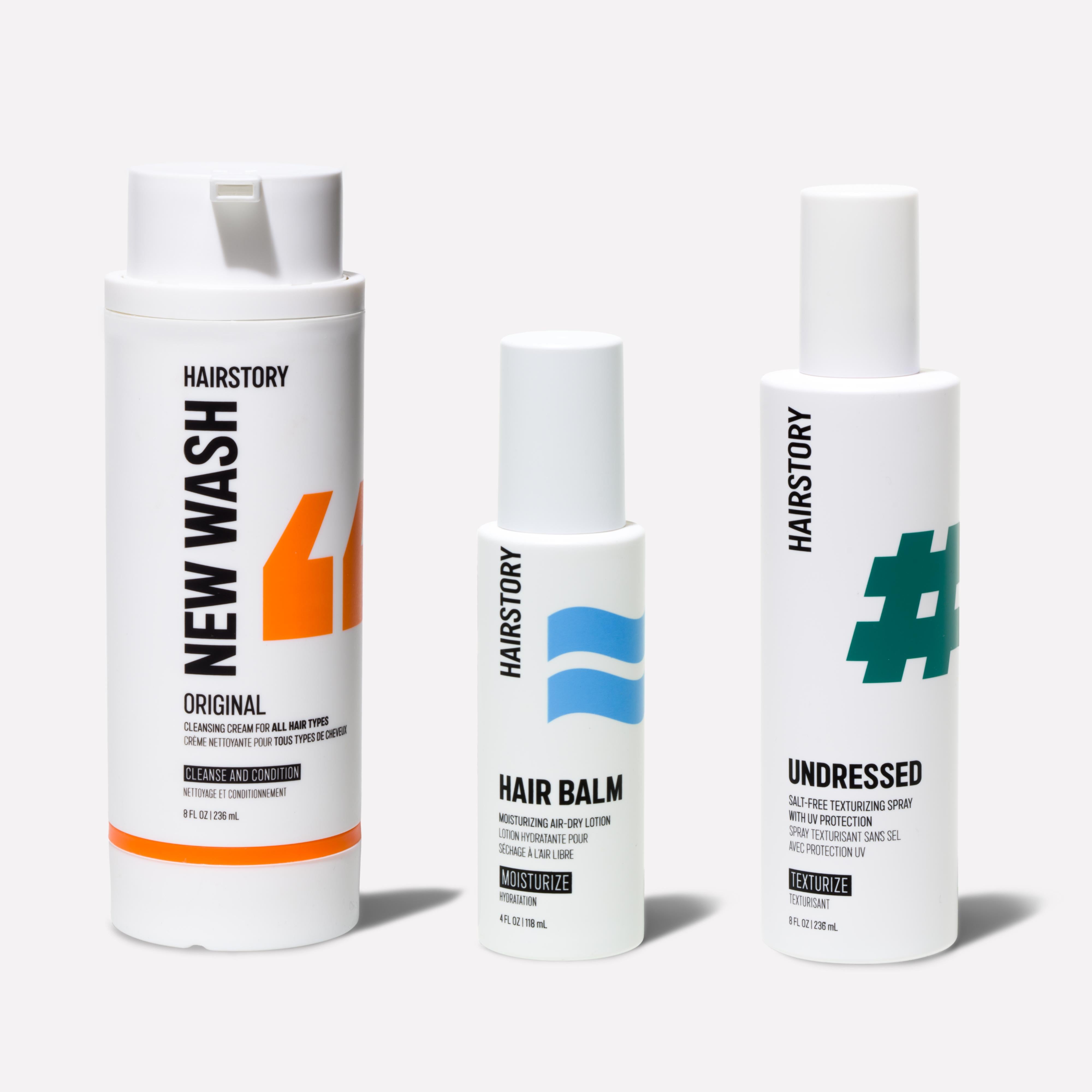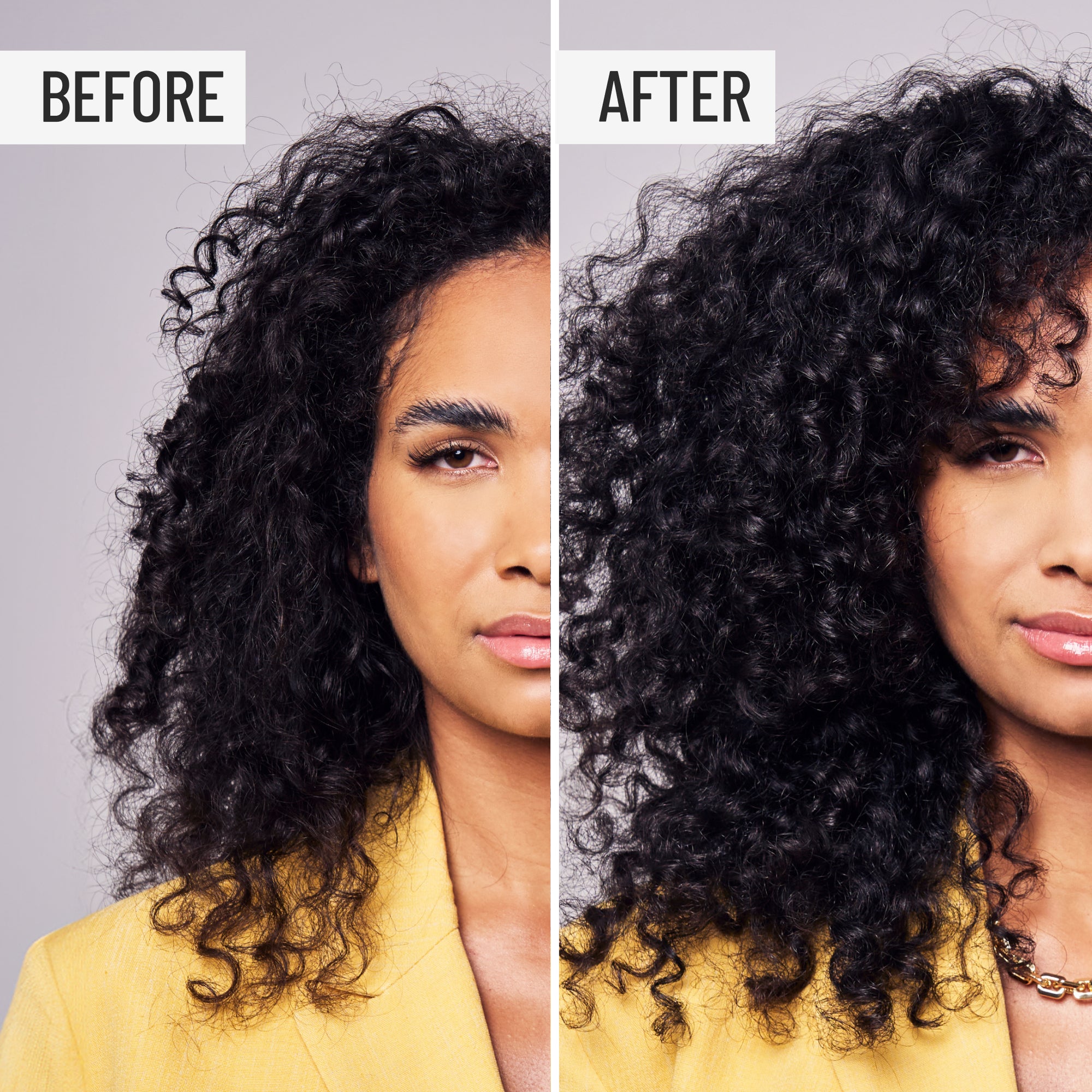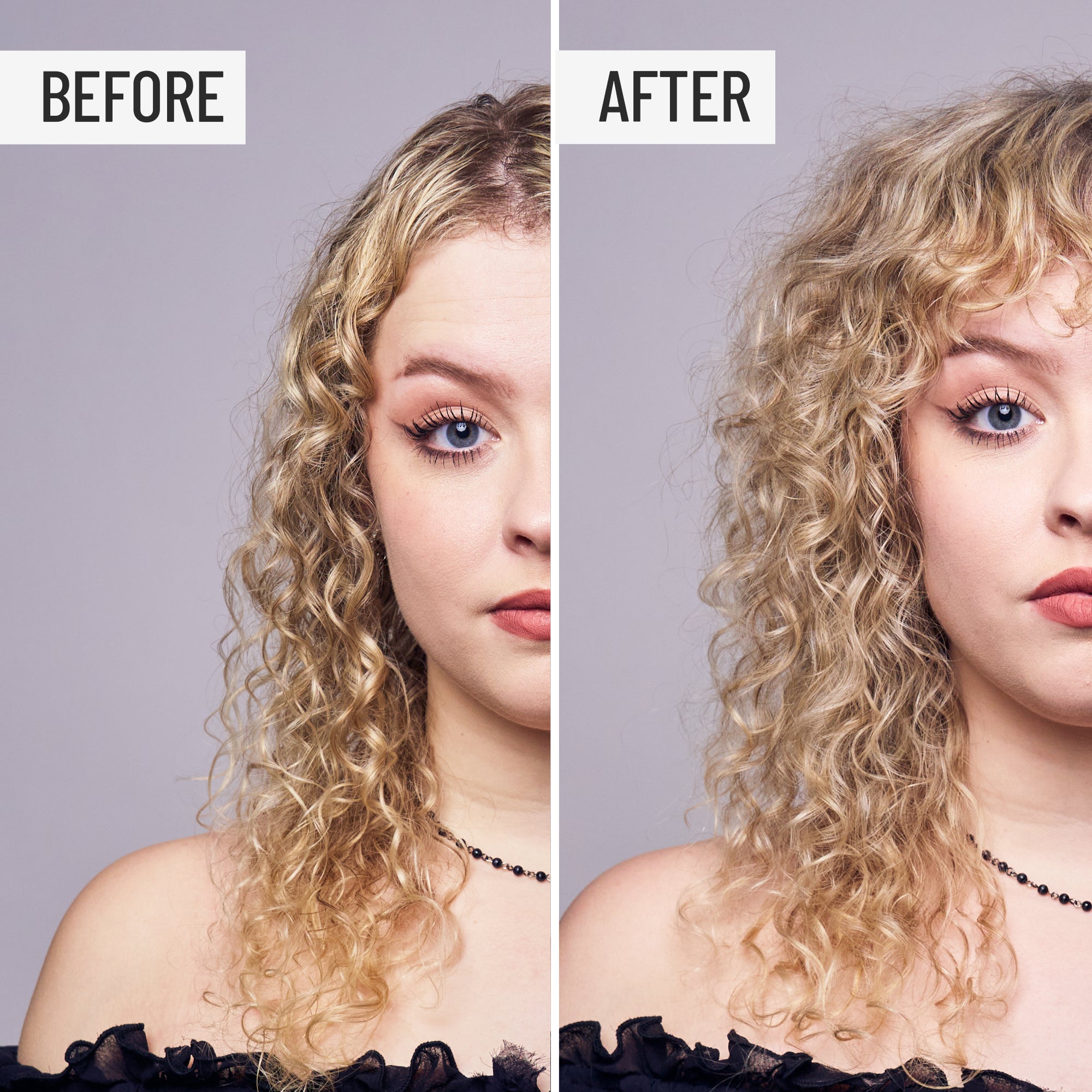Struggling to manage your coily hair? Trust me, you’re not alone. Coily hair, with its tight spirals and zig-zag patterns, is gorgeous but can be a handful. The good news? With the right routine and products, you can keep your coils healthy, hydrated, and absolutely stunning.
Let’s be real – caring for coily hair isn’t a walk in the park. It’s the tightest of all curl types, and it doesn’t always play nice. The time, effort, and heat it takes to style can feel like a full-time job. But here’s the thing: an estimated 65% of the U.S. population has curly, coily, or wavy hair, and the hair industry is finally catching on. There’s never been a better time to embrace your natural curls.
Coily hair is all about those tight spirals, corkscrews, and zig-zag patterns. It’s also the most fragile and driest of all curl types, so it needs some serious TLC to stay healthy and beautiful. Hydration, gentle cleansing, and the right styling techniques are your best friends here.
Coily vs. Curly Hair

Okay, let’s clear this up: coily and curly hair might look similar, but they’re not the same.
- Curly Hair: Think loose to tight S-shaped curls (Type 2 and Type 3). It’s less dense, tends to frizz more, but is generally easier to manage.
- Coily Hair: This is where things get tight – we’re talking springy spirals and zig-zag patterns (Type 4). It’s denser, more fragile, and needs way more moisture and care.
Understanding the difference is key to figuring out what your hair needs. If you’re not sure where you fall, check out our guide on how to care for coarse hair for some extra help.
What is Naturally Coily Hair?
Coily hair comes in all shapes and sizes, but it’s usually grouped into three main types:
- Type 4A: Small, S-shaped coils that are dense and springy.
- Type 4B: Densely packed strands with a “Z” shape and sharp angles.
- Type 4C: Similar to 4B but with even tighter coils and more fragility – it’s the most delicate of the bunch.
No matter which type you have, one thing’s for sure: coily hair thrives on hydration, moisture, and a whole lot of love.
Determine What Your Coils Need
Here’s the deal: coily hair is naturally dry and prone to breakage because of those tight curls. Every spiral is like a little stress point, and the cuticles? They’re doing their best to stay flat and hydrated, but it’s not always easy.
As stylist Jennifer Covington-Bowers puts it, “The key is figuring out what your curls need. Most curls crave moisture, and that’s how you get definition and shine.”
Achieving Moisture and Hydration
The secret sauce? Balancing hydration (water) and moisture (lipids or oils) to keep your curls happy and healthy.
Start with a water-based leave-in conditioner on damp hair. Think of it like this: damp hair soaks up product like a sponge, while dry hair just lets it sit on the surface.
Skip the heavy, greasy stuff – it can seal out water and leave your hair feeling weighed down. Instead, go for lightweight formulas like Hair Balm, which gives your hair the moisture it needs without the extra baggage.
Daily and Weekly Care Routine
Consistency is key when it comes to coily hair. Here’s how to build a routine that works:
Cleansing/Co-Washing Routine
Frequency: Coily hair doesn’t need daily washing. Stick to 1-2 times a week to avoid stripping those natural oils.
Technique: Use a no-shampoo cleanser like New Wash Rich. It’s gentle, gets rid of dirt and buildup, and won’t leave your hair feeling like straw.
Co-Washing: On days you’re not cleansing, refresh your hair with a co-wash or conditioner-only wash to keep things moisturized.
Styling and Maintenance
- Daily: Spritz your curls with a water-based spray or a light oil to refresh them. Scrunch your hair to bring back that bounce.
- Weekly: Detangle gently with your fingers or a wide-tooth comb. And whatever you do, don’t brush dry hair – it’s a one-way ticket to Breakage City.
For an extra boost, check out the best natural hair oils to keep your scalp and hair in top shape.
Shampoo is Now Taboo
Let’s be honest – foam and suds might feel satisfying, but they’re not doing your hair any favors. They’re signs of detergents that strip your hair of its natural oils. Instead, go for gentle, oil-based cleansers that melt away impurities without leaving your hair dry and brittle.
- Oil attracts oil, so it’s the gentlest way to cleanse your scalp and hair.
- Products like New Wash Rich are perfect for coily hair. They cleanse without stripping moisture and help prevent split ends.
Cutting Coily Hair
A good stylist can work wonders with coily hair. Here’s what to keep in mind:
- Avoid blunt lines: A softer, diffused cut works better for natural curls.
- Cut hair dry: This gives a better idea of where the length will actually sit, since curls stretch when wet.
Curl specialist Evan Joseph recommends showing up to the salon with your hair in its natural state – clean, dry, and free of heavy products.
How to Style Coily Hair

Styling coily hair takes patience, but it’s worth it. Here are some pro tips:
- Embrace frizz: It’s part of your hair’s natural texture, so don’t fight it.
- Detangle gently: Use your fingers first, then move to a wide-tooth comb, working from the bottom up.
- Air dry: Skip the heat to reduce frizz and damage.
- Scrunch for volume: Flip your head upside down, scrunch, and hold to give your curls some extra oomph.
Additional Tips for Coily Hair Care
- Use a silk pillowcase: It reduces friction and keeps frizz at bay while you sleep.
- Avoid heavy oils and butters: They can seal out moisture and weigh your hair down.
- Stay away from silicones: They build up on your hair and block hydration. Learn more about the impact of silicones and why silicone-free products are better for your hair.
By following these tips and using the right products, you can keep your coily hair healthy, hydrated, and beautiful. Embrace your natural texture and give your hair the care it deserves.
Ready to Transform Your Coily Hair Routine?
By following these tips and using the right products, you can keep your coily hair healthy, hydrated, and gorgeous. Embrace your natural texture and give your hair the care it deserves.
Explore our range of coily hair care products, including New Wash Rich and Hair Balm, to keep your curls looking their best. Sign up for our newsletter for more tips and exclusive offers, or follow us on Instagram for daily hair care inspiration!































